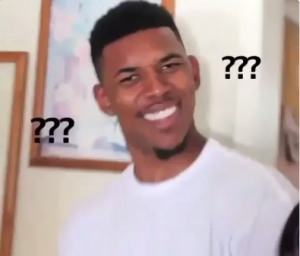Hi -
This questions has been discussed in another thread but I am not sure I understand as explained in the Schweser solutions (Exam 1 - Afternoon session solution).
Question:
Assume the Wansch Corporate is expected to pay a dividend of $2.25 per share this year. Sales and profit for Wansch are forecasted to grow at a rate of 20% for two years after that, and then grow at 5% per year forever. Dividend and sales growth are expected to be equal. If Wansch’s shareholders require a 15% return, the per-share return value of Wansch’s common stock based on the DDM is closest to.
My solution is:
CF0 = $2.25 is received at the end of the this current year (so no growth rate will be be applied to this divided but WILL be discounted back by 1 year to bring it back to PV)
At the end of current year (discussed above), we are still expected 2 years of 20% growth to the end-of-the-year dividend of $2.25. This will take us to the end of year 3.
Therefore:
CF1 = $2.25 * (1 + 0.20) = $2.7 - this cash flow is due at the end of year 2 and will be discount back by 2 years
CF2 = $2.25 * (1+ 0.20) * (1+0.20) = $3.24 and will be discounted back by 3 years
Terminal Value:
Now we are expecting perpetual growth of 5%.
Therefore: the Present Value of the Terminal Value i.e. the value at the end of year 3 is:
Terminal Value = CF2 * (1+0.05)/(0.15-0.05) = $3.24 * (1.05) / (0.10) = $110.16
This terminal value will be discounted back by 3 years. Therefore, value of the stock is:
V = [$2.25 / (1+ 0.15)] + [$2.7 / (1+ 0.15)2] + [$3.24/(1.15)3] + [$110.16/ (0.15 - 0.05) * (1.15)3]
= $1.95 + $2.04 + $4.92 + $951.6
= $960.5
What is wrong with this approach? Am I interpreting the question incorrectly?
